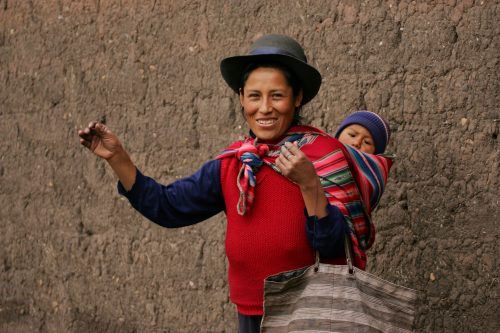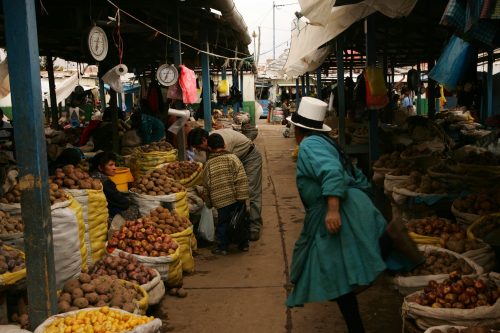The Mysteries and Charms of the Ancient Andes -Part 1-
2020/8/7

The Andean region of South America is home to a wide variety of ecosystems, from deserts to tropical jungles and highlands. It is thought that the first settlers came to this region around 3,000 BC, and thanks to the varied natural environment, many unique cultures were able to blossom since ancient times. We asked Mr. Hiroshi Sakane, the secretary general of the Amano Museum in Lima, Peru, about the history of these ancient Andean civilizations.
◆Mr. Hiroshi Sakane
Graduated from Waseda University School of Education. Currently living in Lima, Peru. Secretary General of the Amano Museum (established by his late grandfather Yoshitaro Amano)” in Lima. A researcher of Peruvian Culture, with extensive knowledge of earthenware and textiles.

The Beginning of the Andean Civilization
Until now, it was assumed that the beginning of the Andean civilization was the Chavín civilization, which flourished around 1,000 BC, but in recent years, new stepped pyramid-shaped temple ruins and ancient cities have been discovered, overturning that belief.
It was previously thought that civilization in the Americas started later than civilization in the Old World*, but with this new discovery, it was proved that civilization started similarly and independently around the same time in both the Old World and the New World.
*Old World: Areas known to Europeans before Columbus reached the Americas, such as Europe, Africa, and Asia.

World’s Oldest Freeze-Drying Method
Whena talking about the Andean civlization, we can’t avoid talking about potatoes. Many of the potatoes we usually eat are native to the Andes. Ancient civilizations, such as the Egyptian and Indus Valley Civilizations, relied on their large river banks to produce grains, developing their civlization. The belief at that time was that potatoes couldn’t produce advanced civilizations because their short life and storage difficulties, in contrast to cereals that can be preserved. However, using the temperature difference between day and night, which is peculiar to the Andes, these civilizations devised a technology that can preserve potatoes by squeezing out their water by freezing them at night and sun drying them during the day. As a result, it became possible to save them, and civilization developed steadily.
